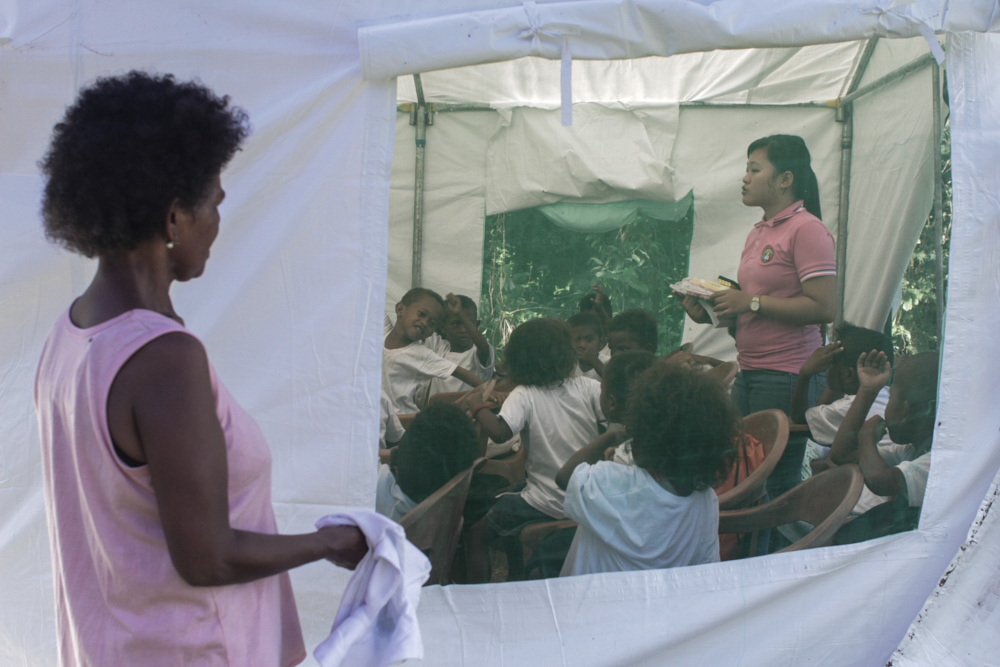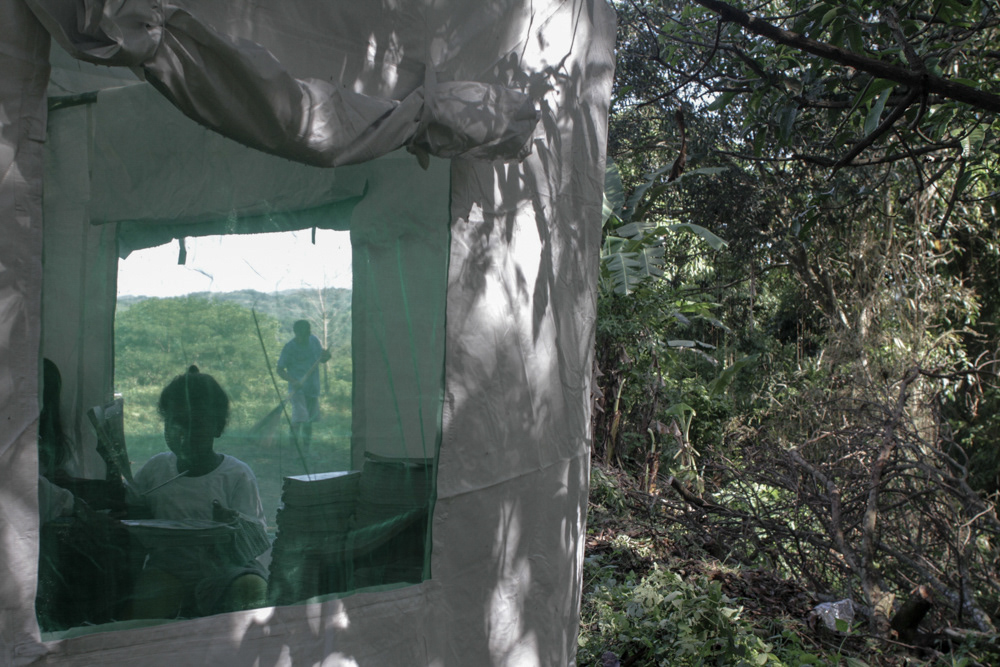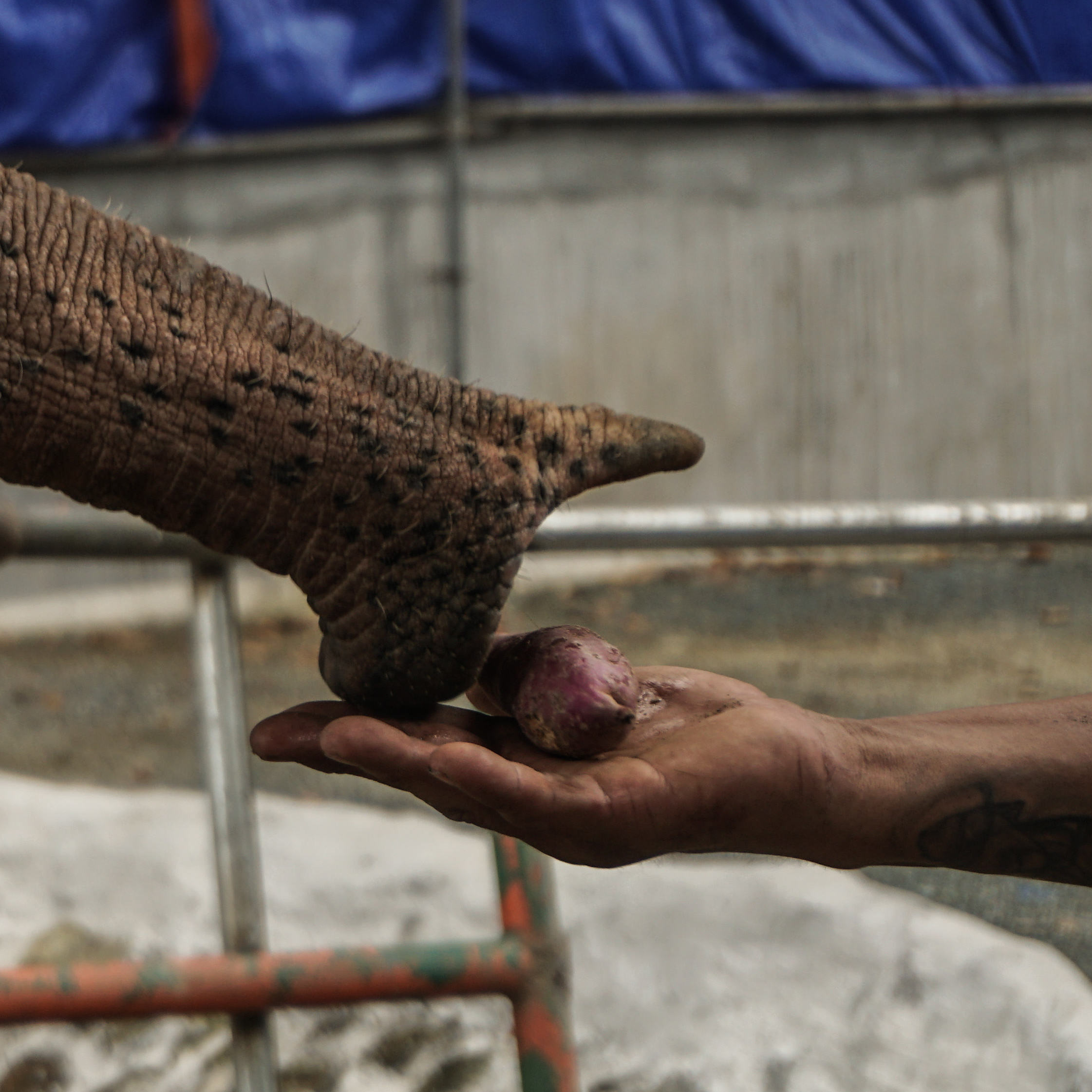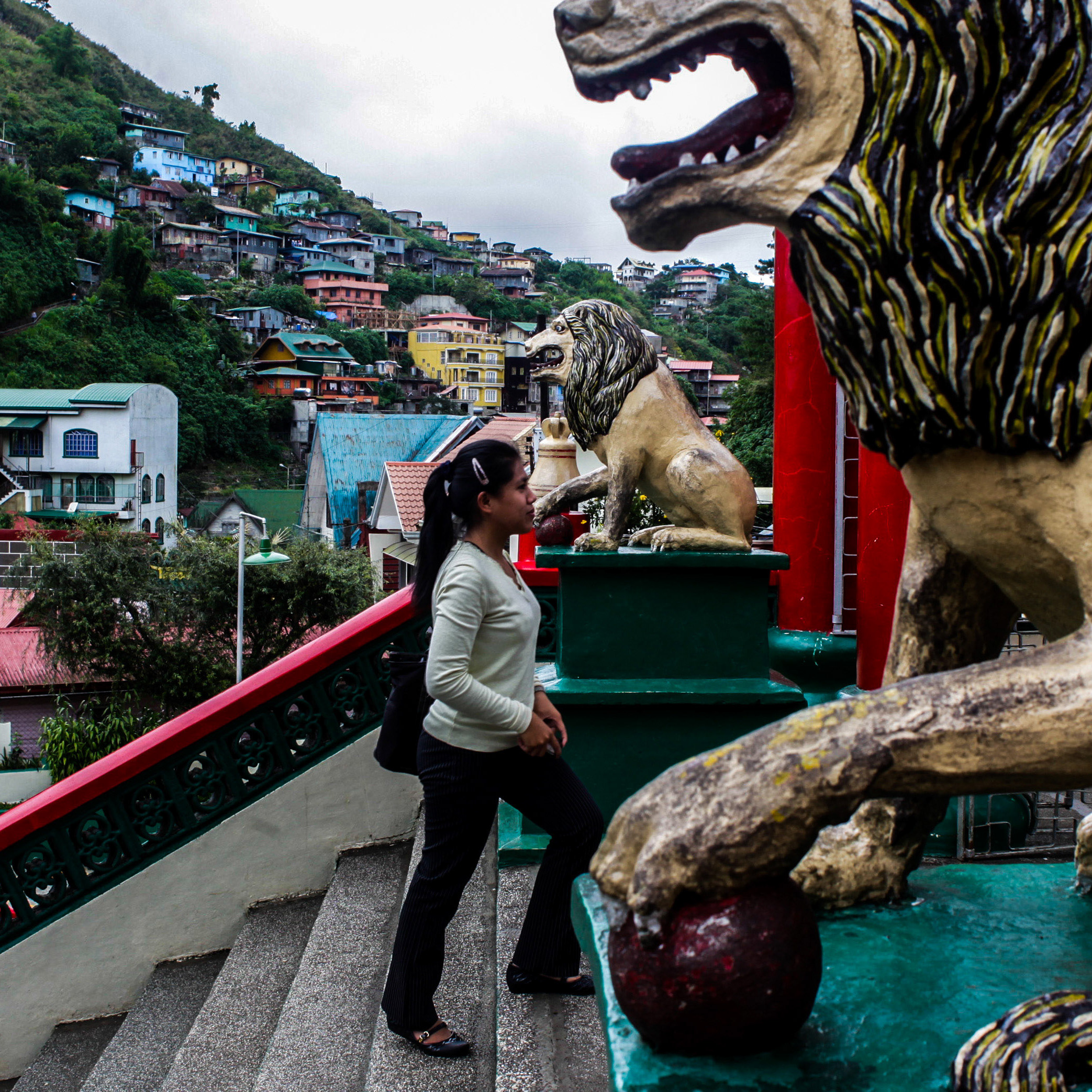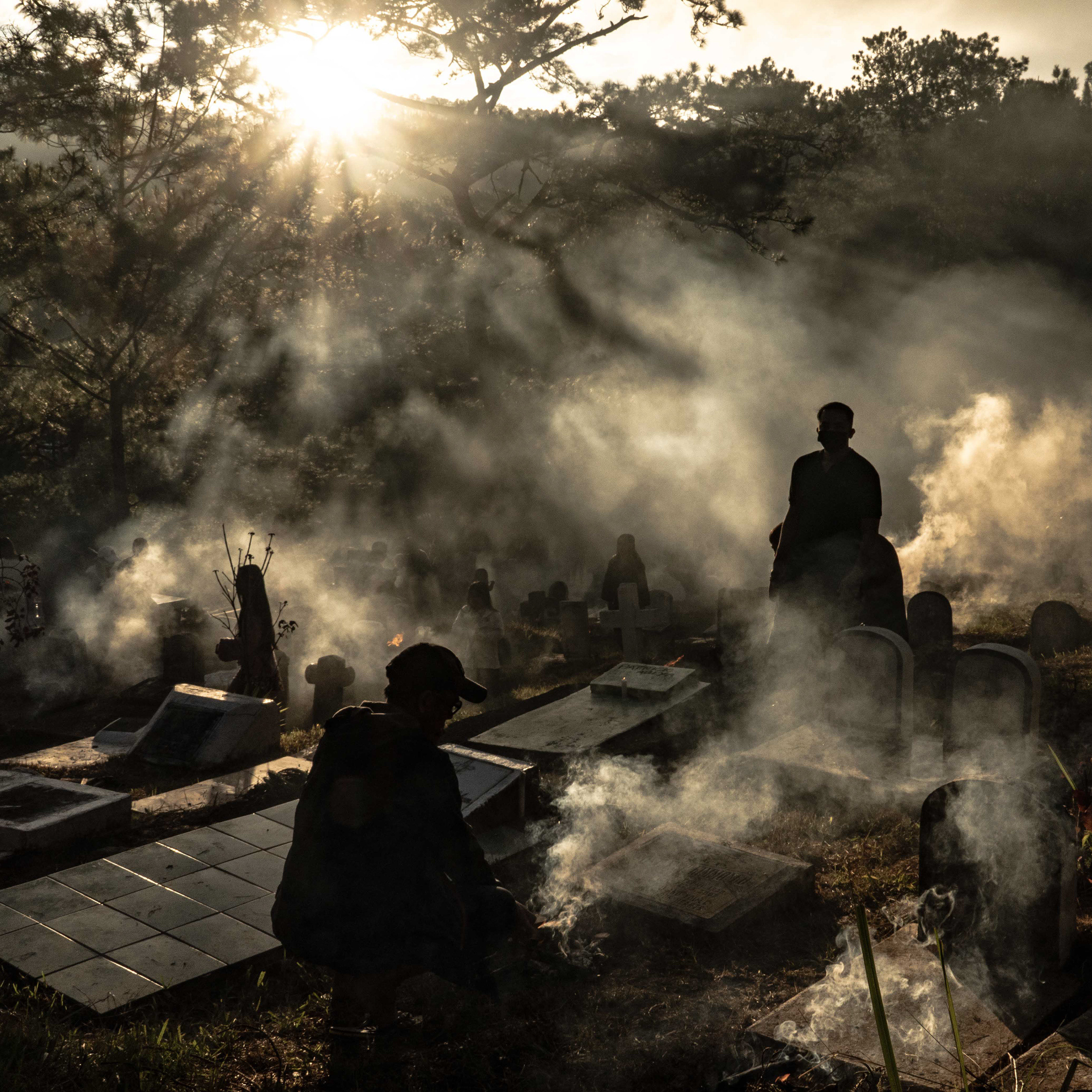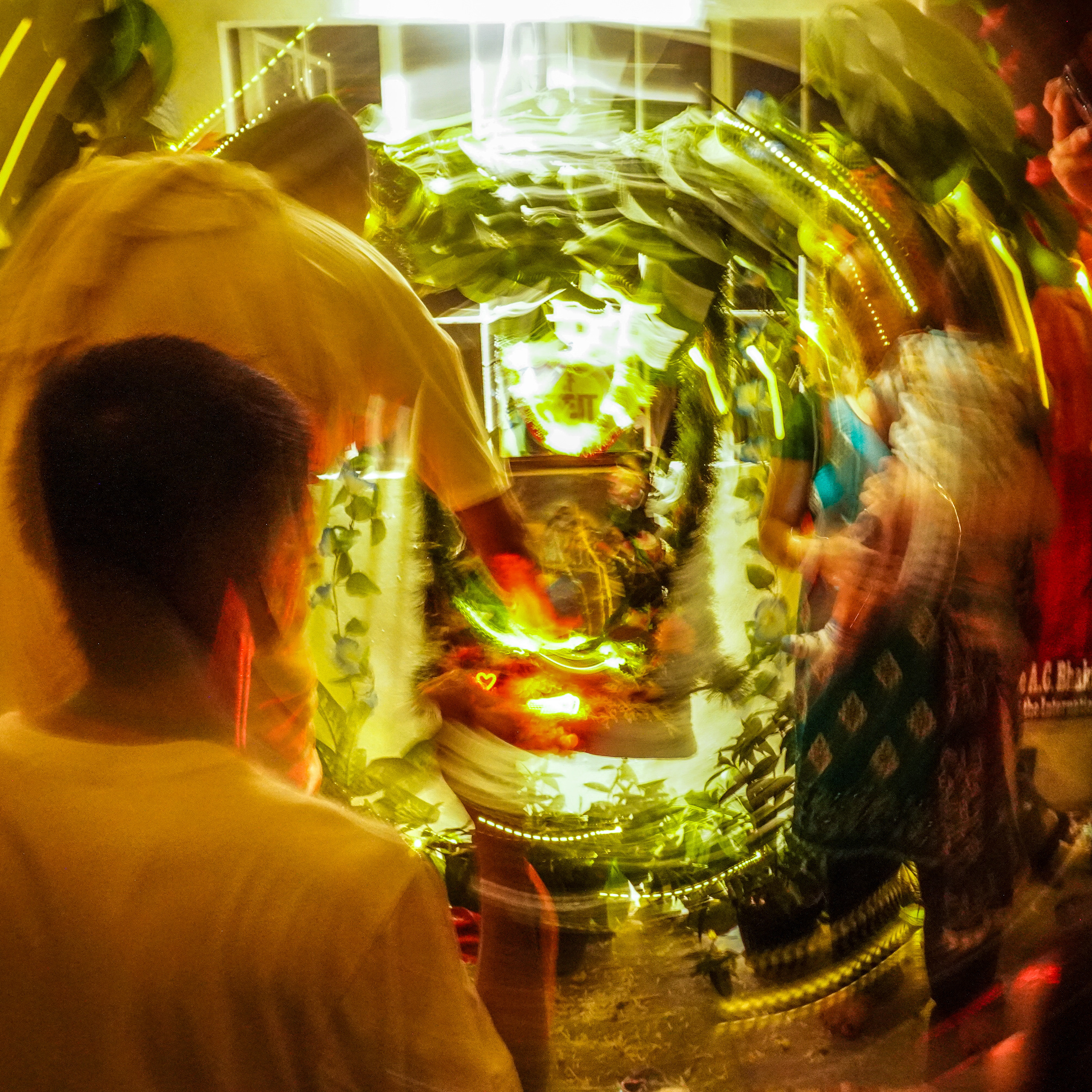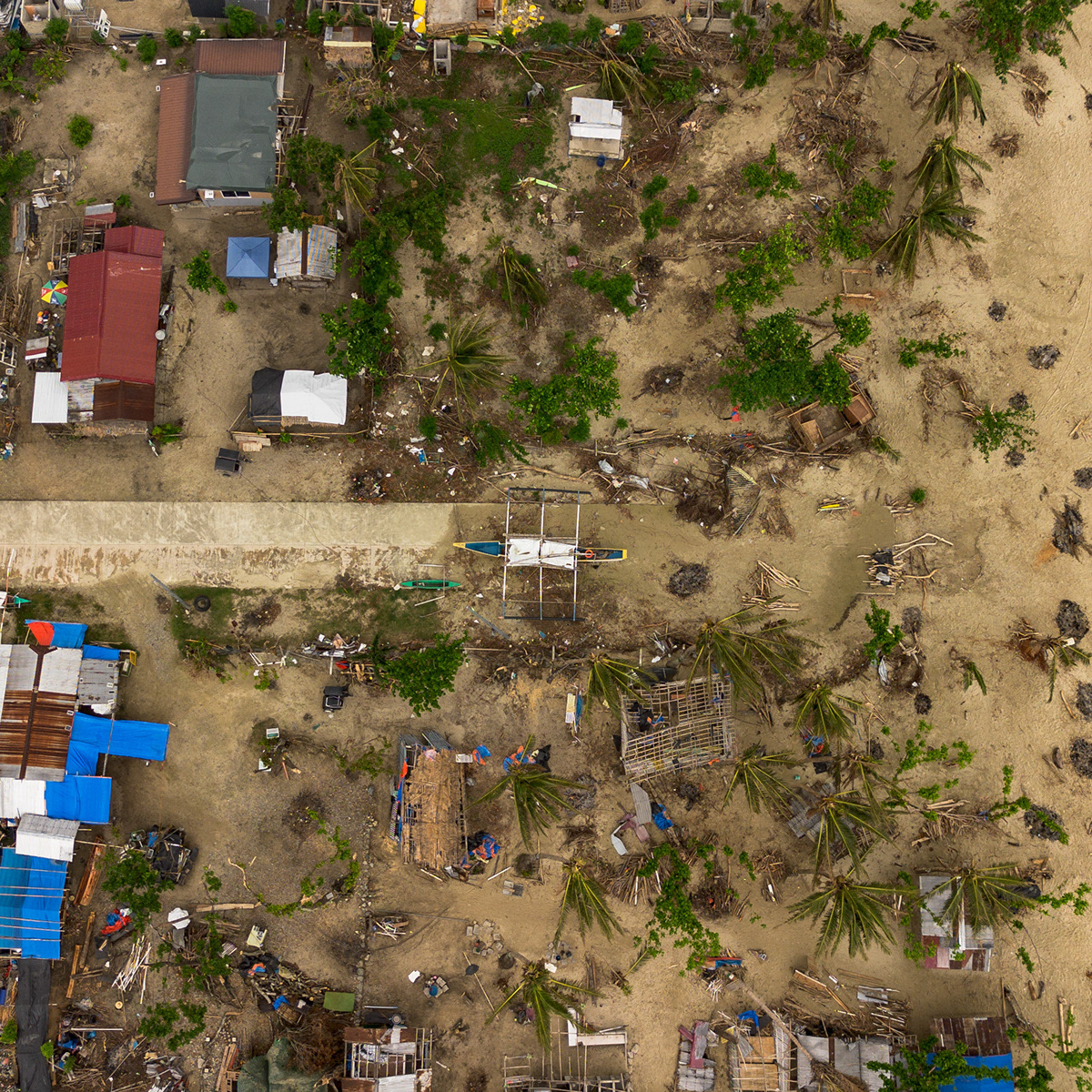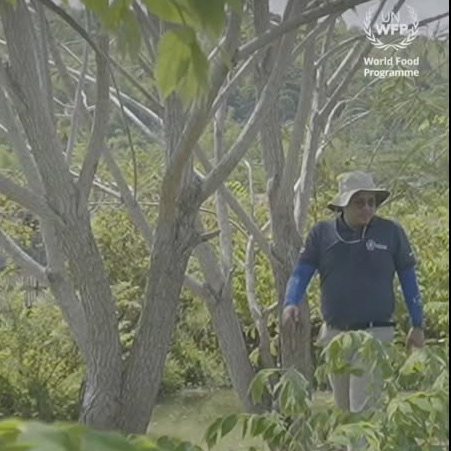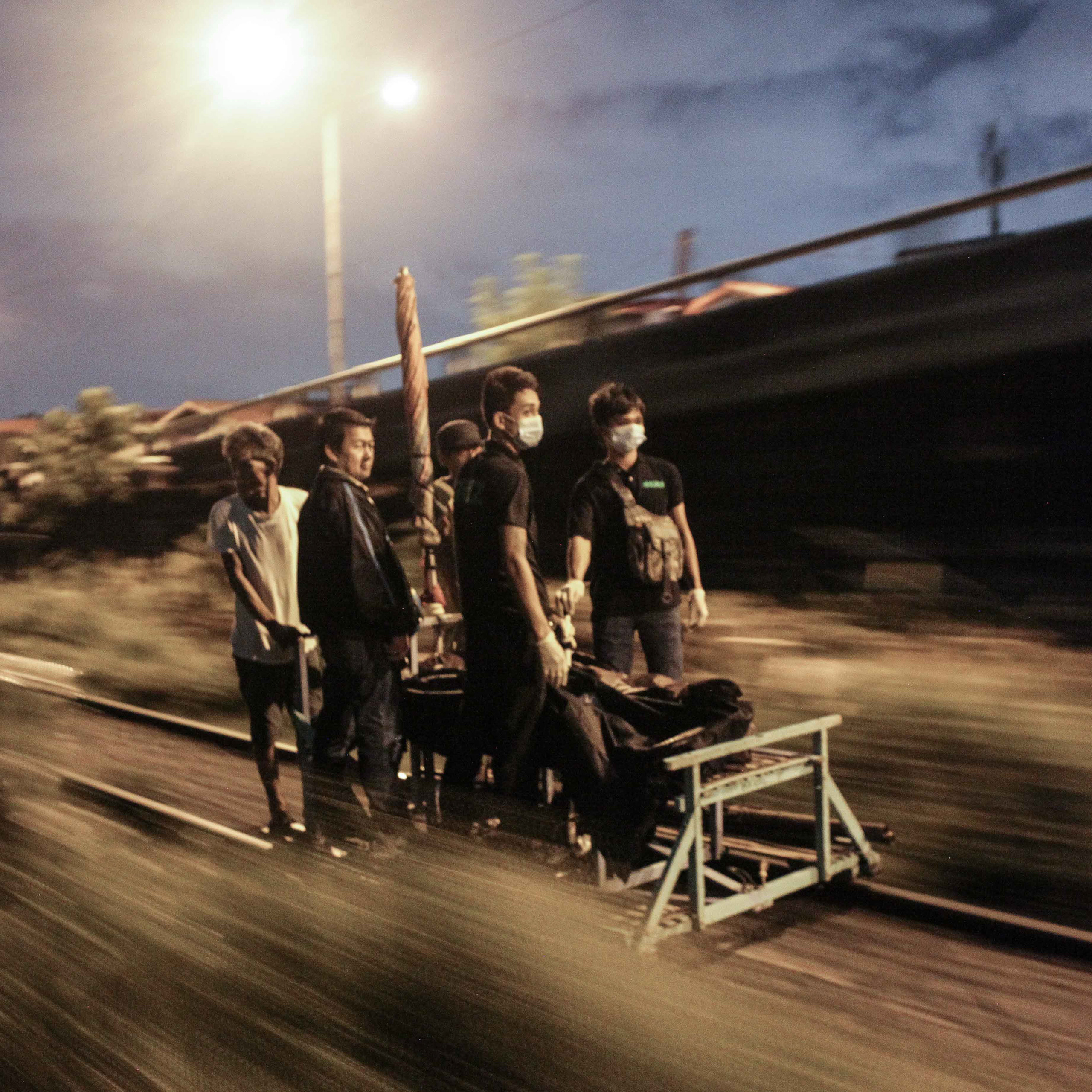The Philippines is home to over a hundred indigenous ethnolinguistic groups, each with its own culture, language, and connection to the land. Among them are the Aeta—believed to be among the first inhabitants of Luzon Island. For generations, the Aeta have lived in harmony with nature in the highlands of Zambales, Tarlac, and Pampanga. Their deep spiritual connection to the land defines their identity, sustains their livelihood, and roots their traditions.
But like many indigenous peoples, the Aeta are under siege—not from a single calamity, but from a web of slow, quiet violence: land grabbing, forced displacement, cultural erosion, environmental destruction, and systemic neglect.
These forces, both public and private, threaten their survival in the name of "progress."
These forces, both public and private, threaten their survival in the name of "progress."
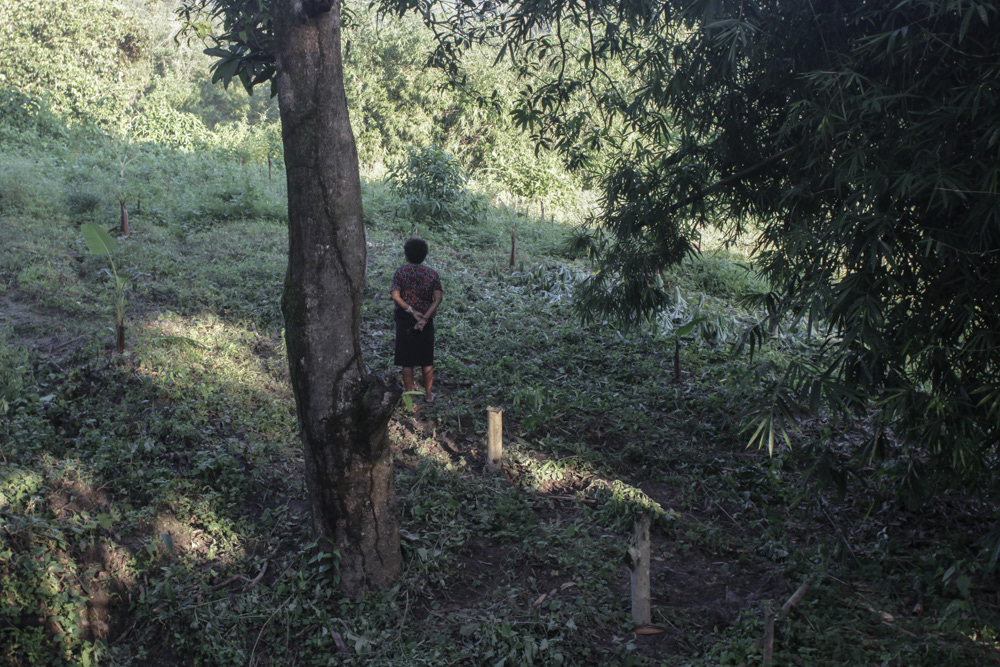
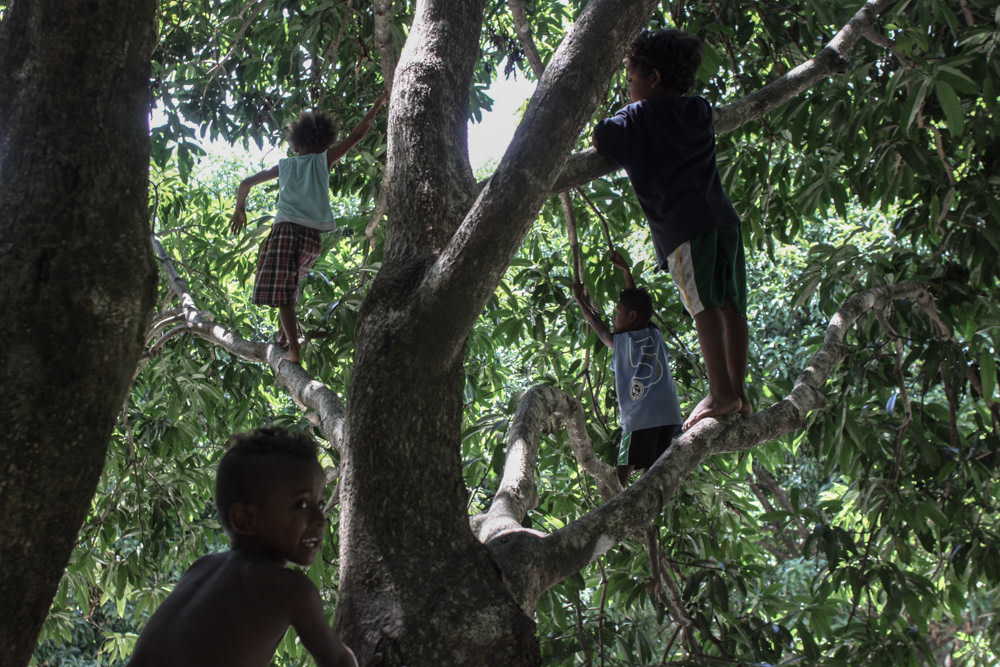
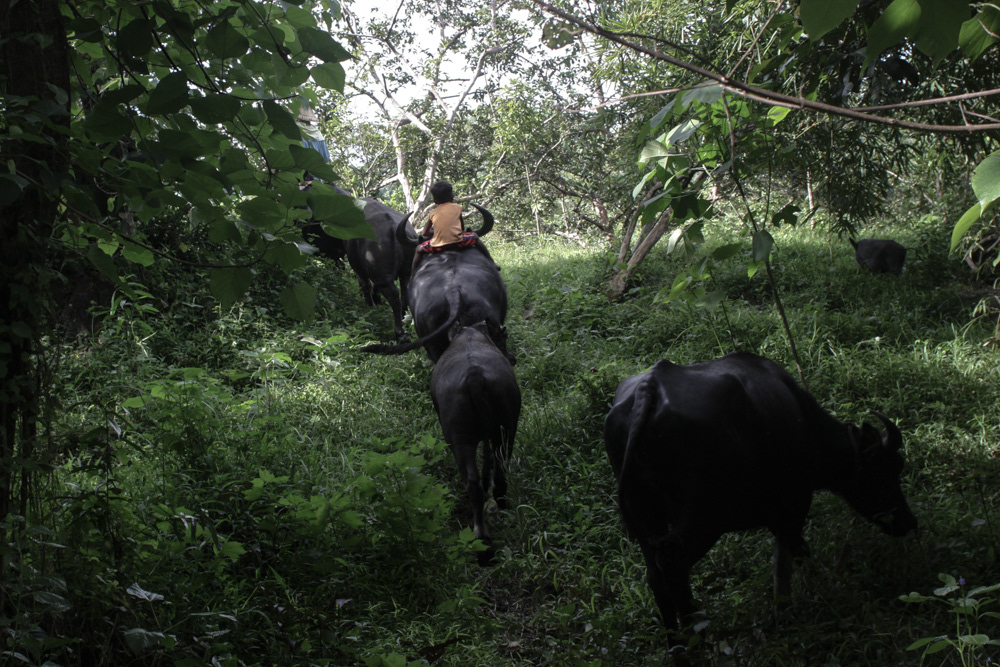
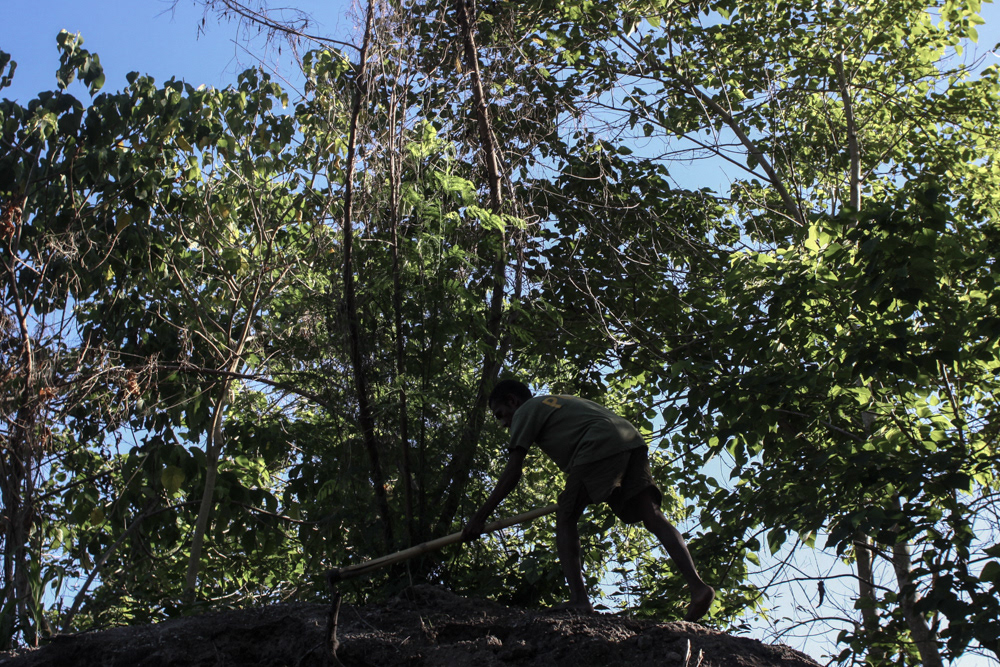
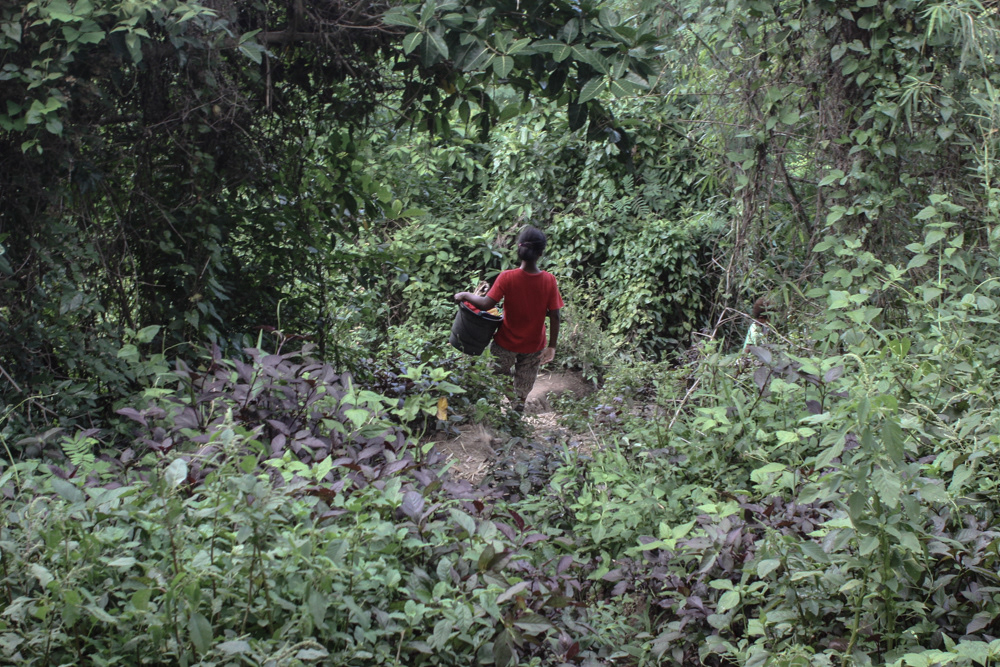
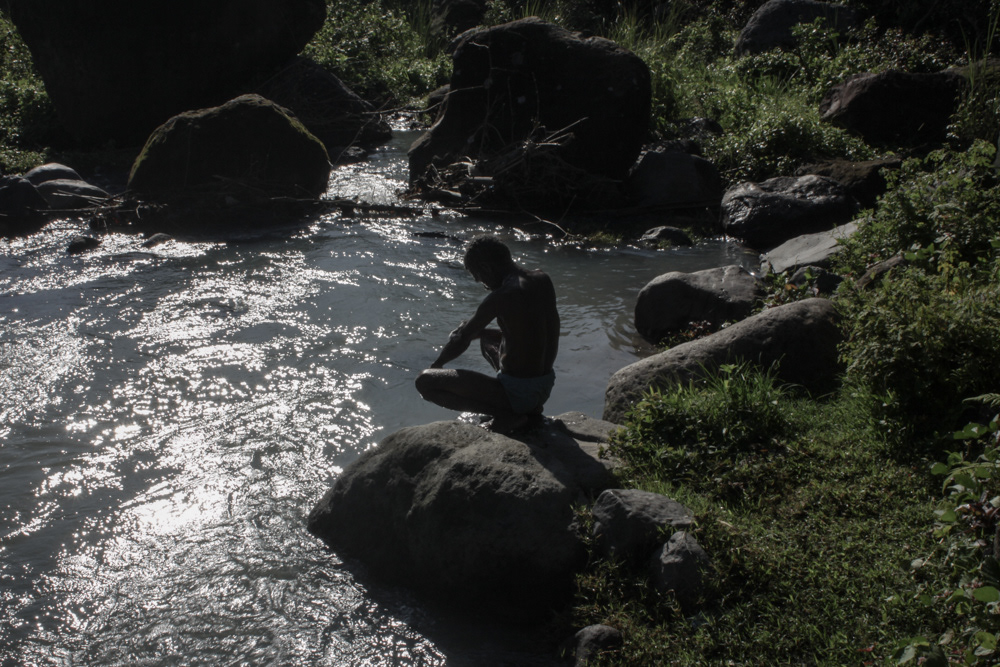
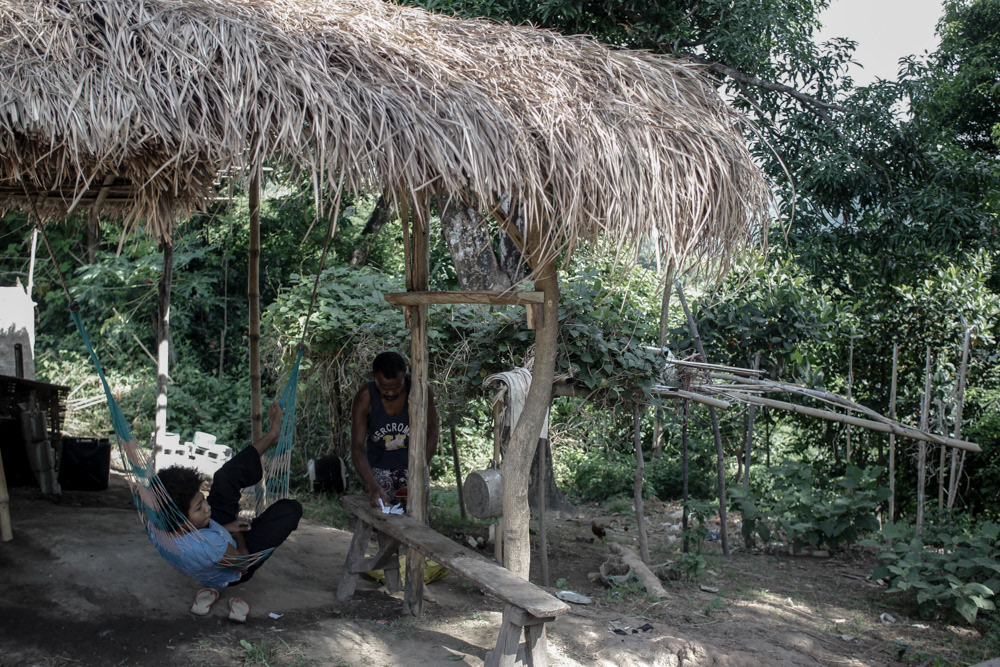
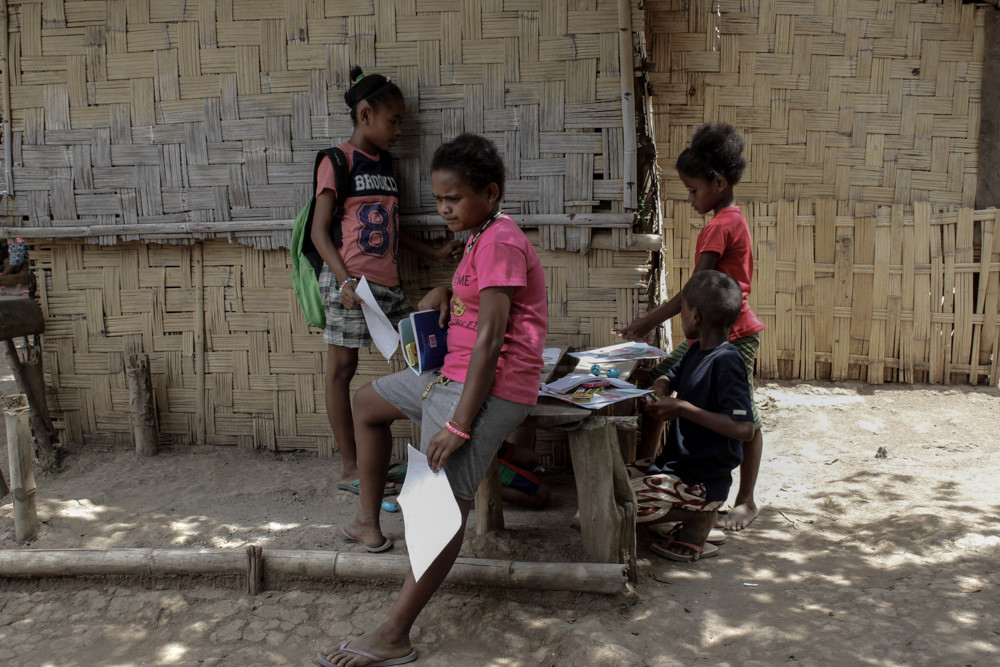
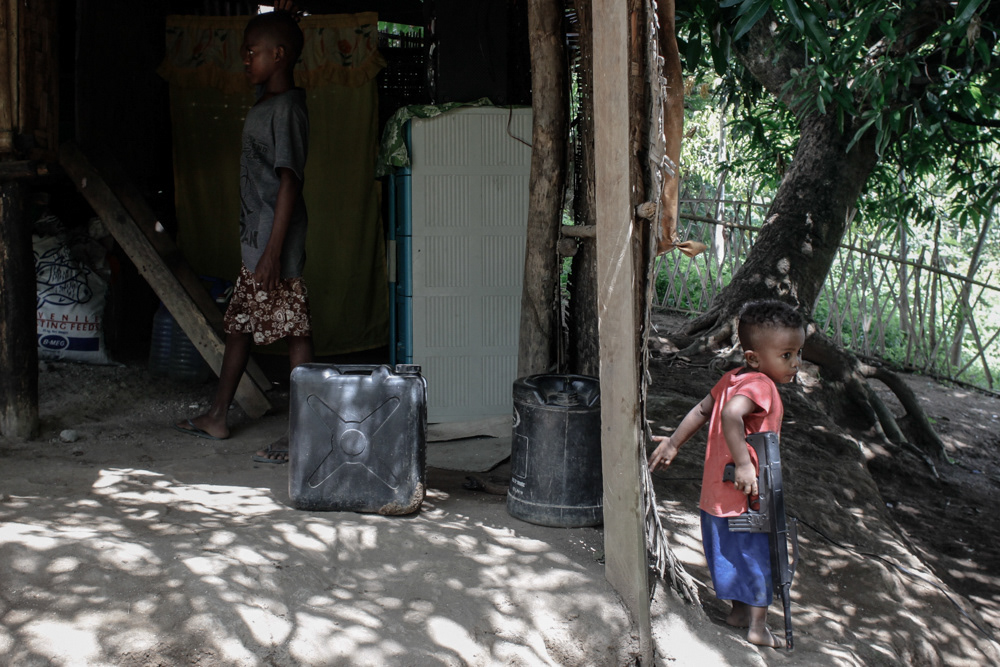
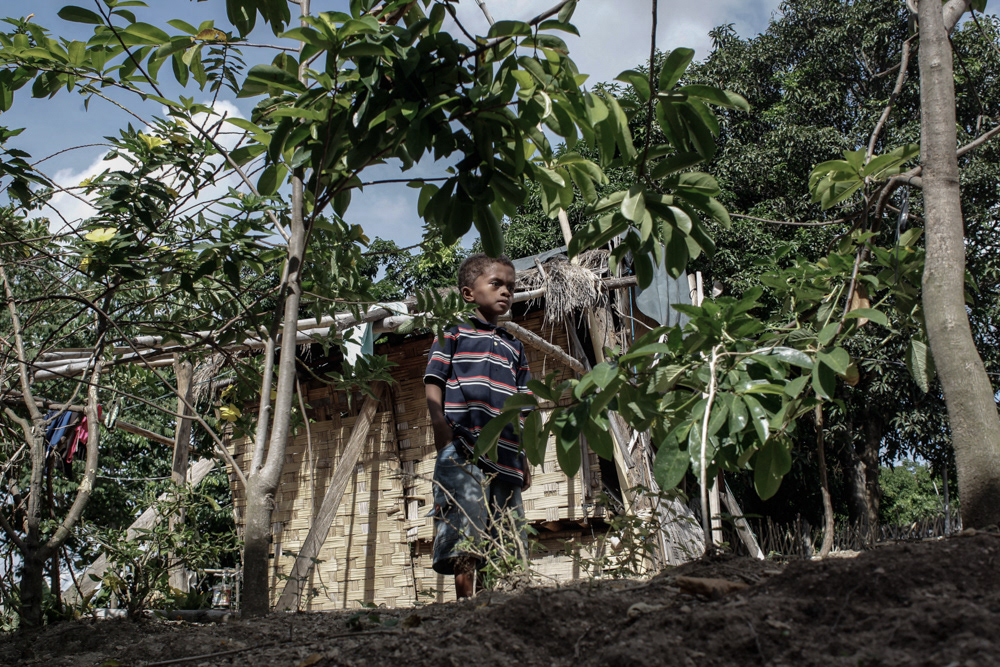
Then, on April 22, 2019, a more immediate disaster struck.
A 6.1-magnitude earthquake hit Zambales province.
Though the epicenter was elsewhere, Pampanga—home to several Aeta communities—was devastated:
18 people died
3 went missing
Over 250 were injured
Homes, roads, schools, and community buildings crumbled
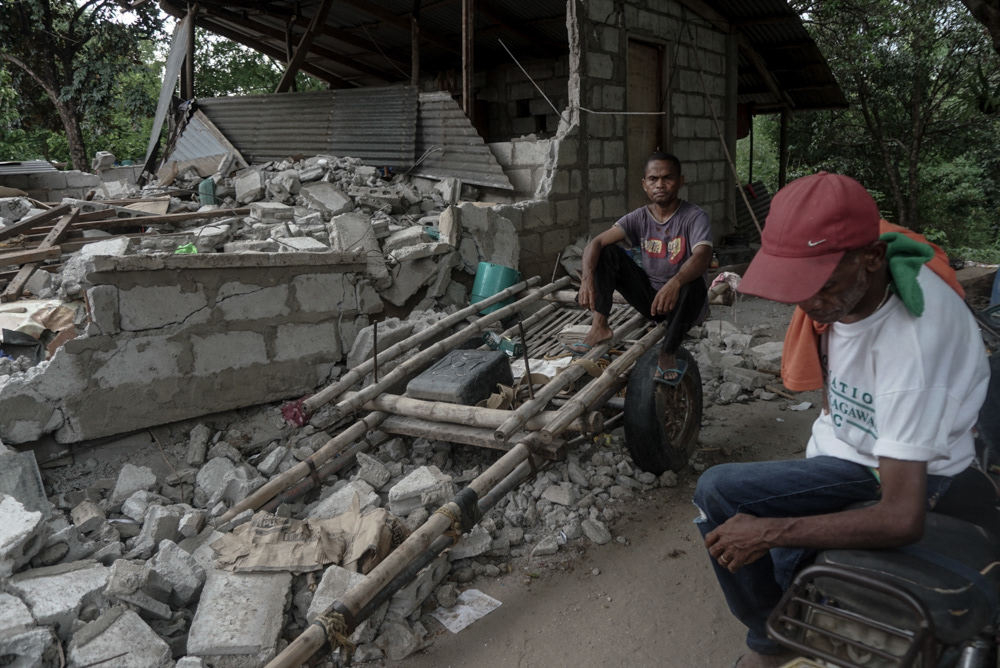
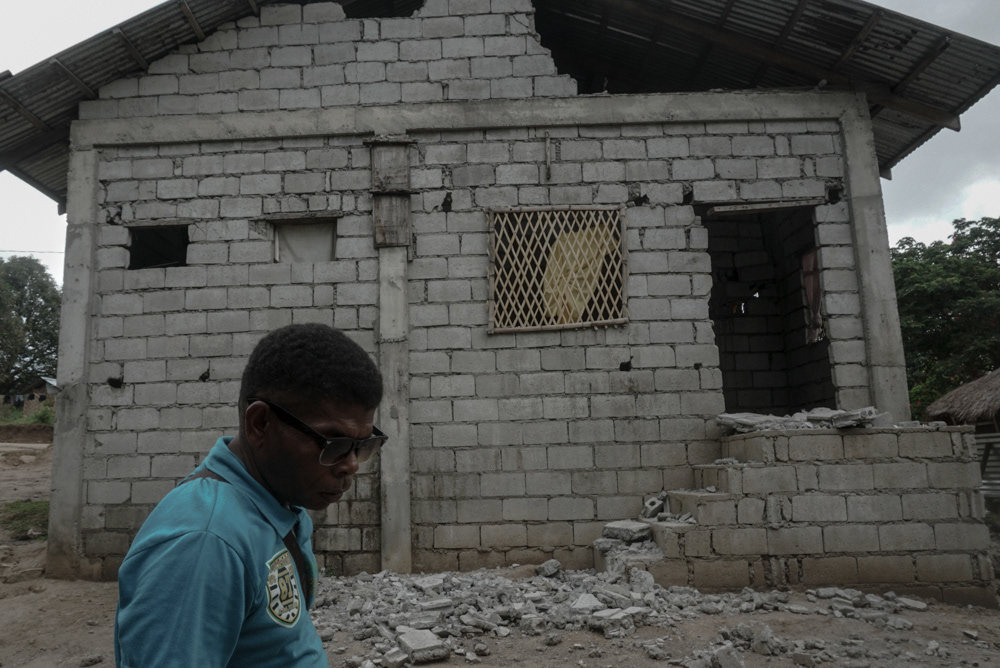
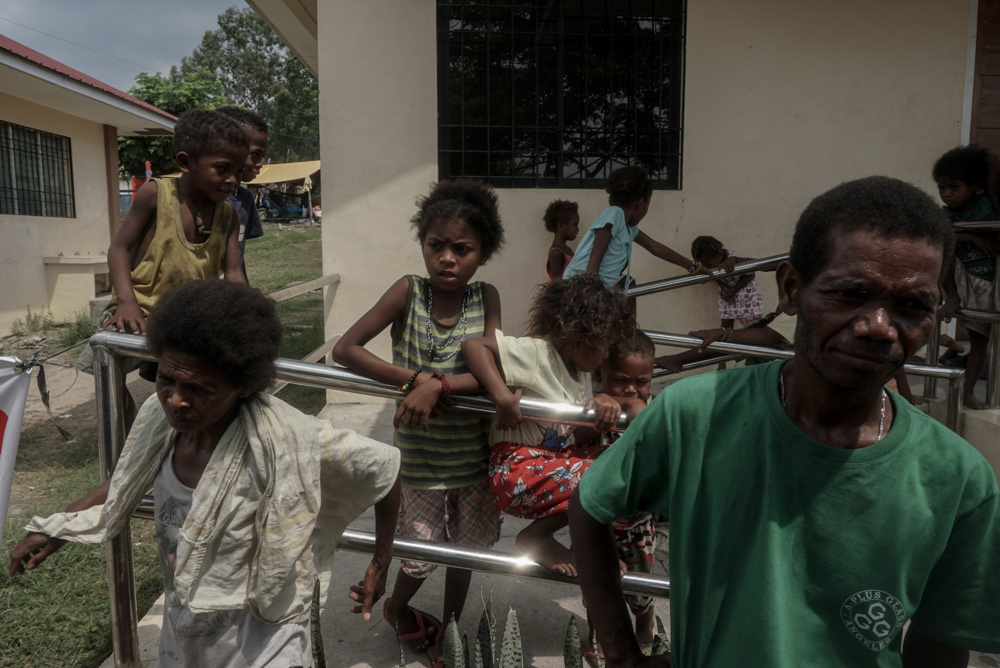
The Aeta of Porac, Pampanga were among the worst affected. Three tribe members lost their lives. Nearly all homes—made of bamboo, nipa, and salvaged materials—collapsed. Community spaces where stories were shared and rituals performed were reduced to splinters.
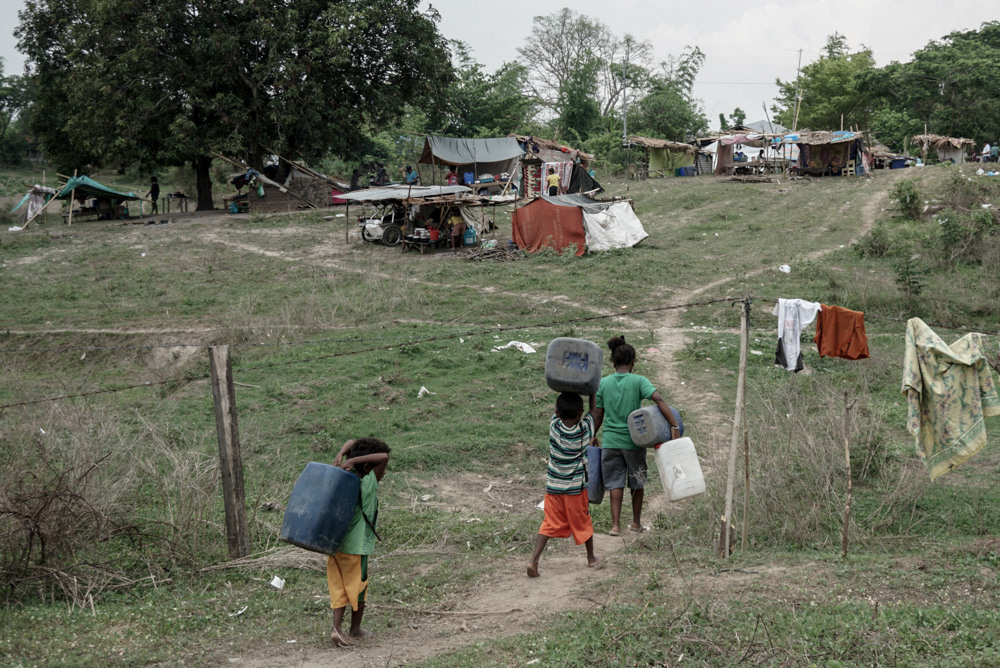

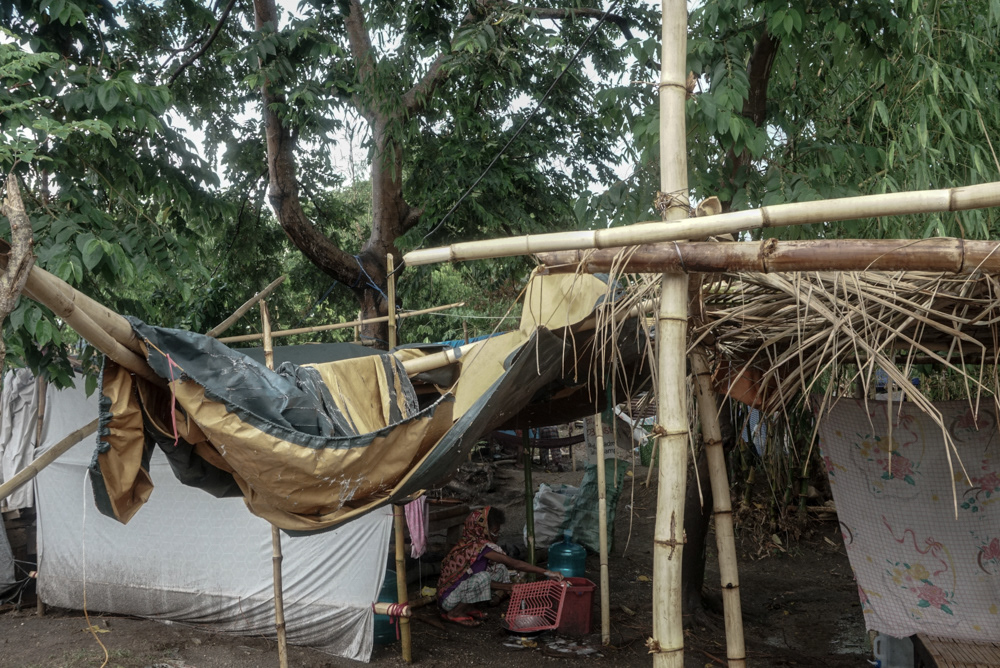
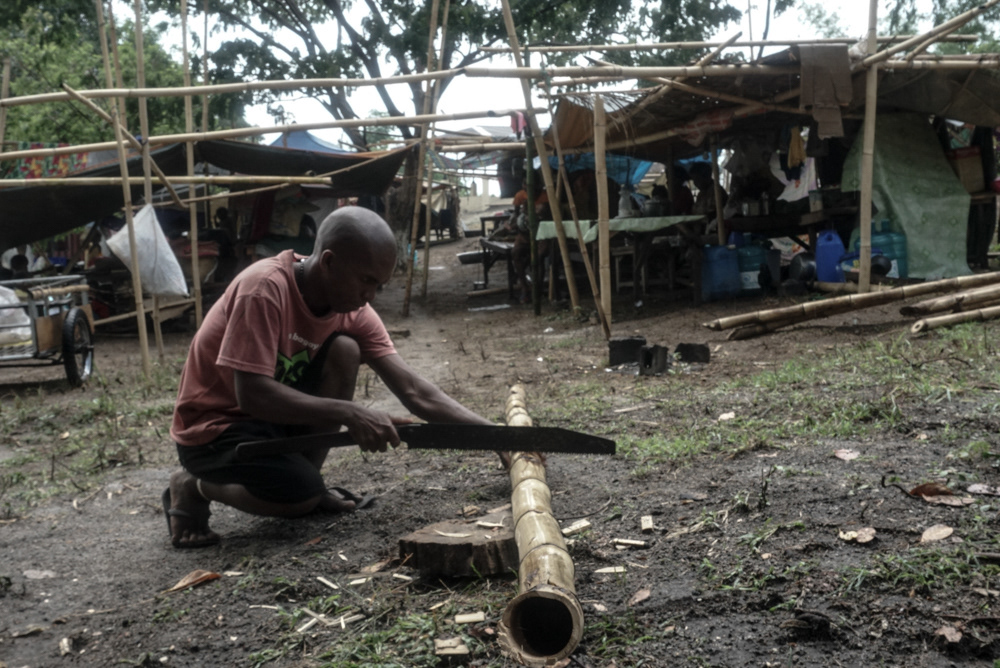
In the weeks following the quake, Aeta families relocated to makeshift evacuation centers, where they lived in overcrowded tents without proper sanitation or medical care. Children suffered from colds, fevers, and diarrhea. Rains flooded their shelters; food supplies were limited
They were, once again, made invisible.
This wasn’t the first time. In every crisis—whether earthquake, typhoon, or development project—indigenous communities are among the first to suffer, and the last to be helped. Their struggle to be recognized extends beyond the disaster zone; it’s embedded in the broader national narrative, where the voices of the Aeta are too often silenced.
And yet, amid ruins, the community rebuilds.
But beneath these daily acts lies a deeper plea—for peace, for dignity, and for a future that doesn’t forget them
The Aeta do not seek pity. They seek respect—as caretakers of the land, as survivors of loss, and as a living culture with the right to thrive.
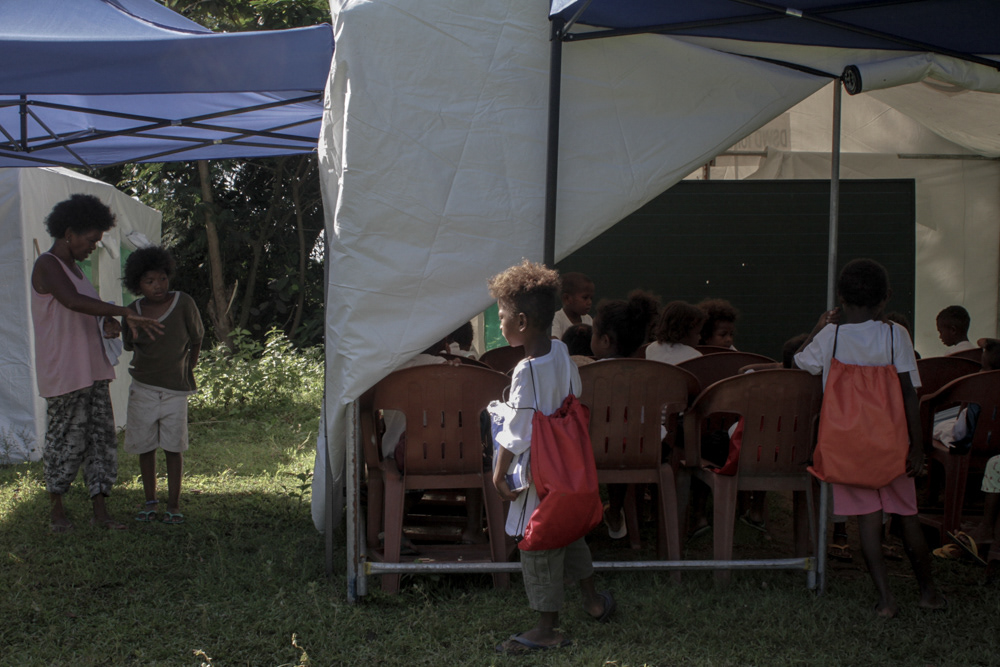

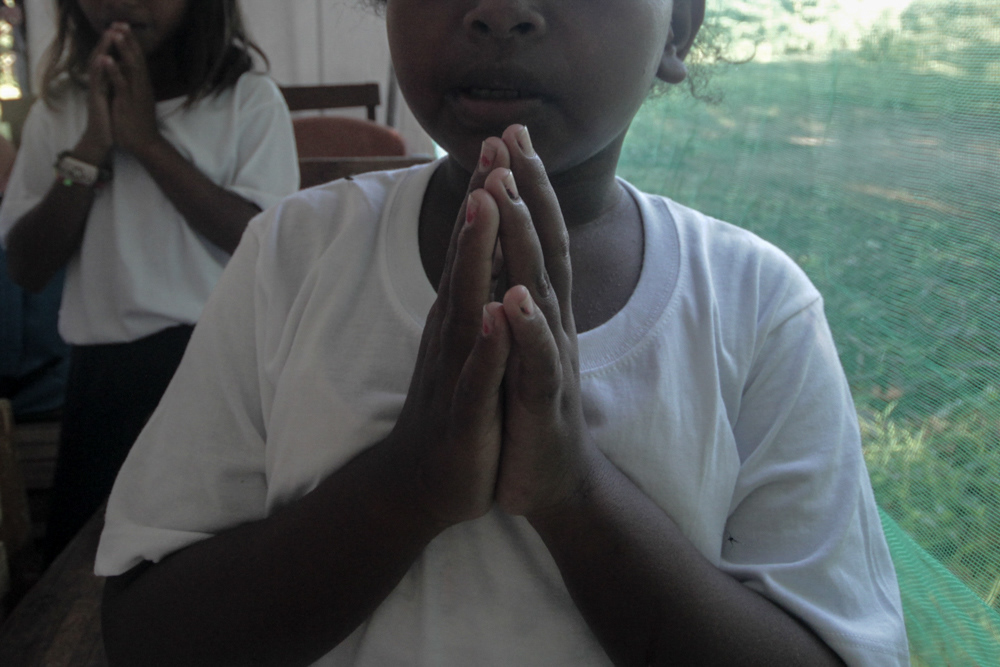

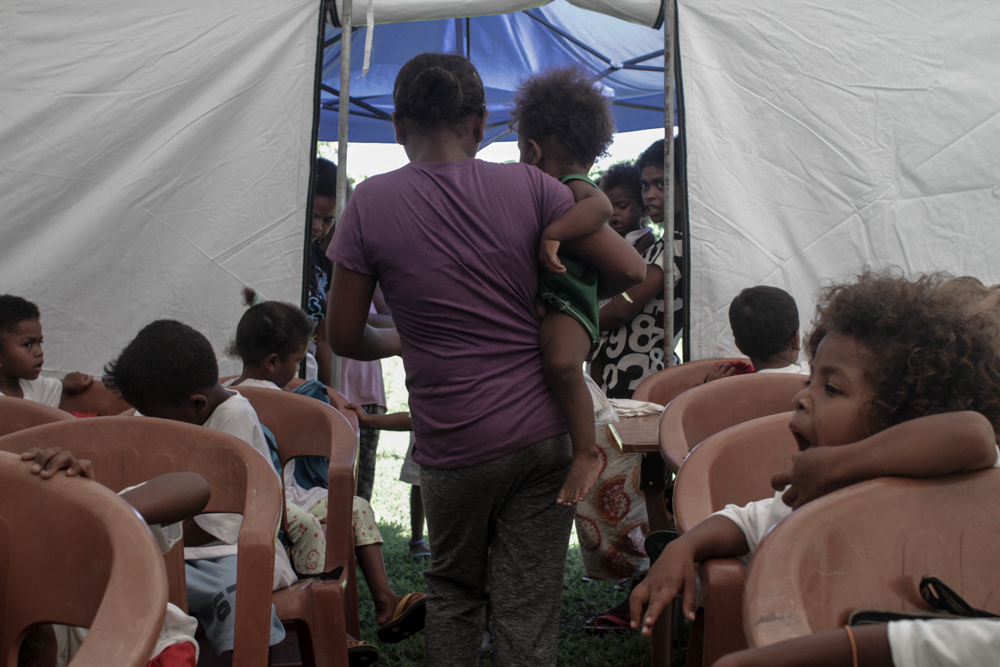
This is not just a story of destruction.
It is a testimony of endurance, and a reminder:
No future can be just if it forgets its roots.
It is a testimony of endurance, and a reminder:
No future can be just if it forgets its roots.
